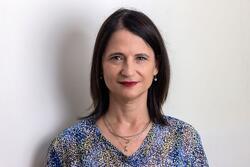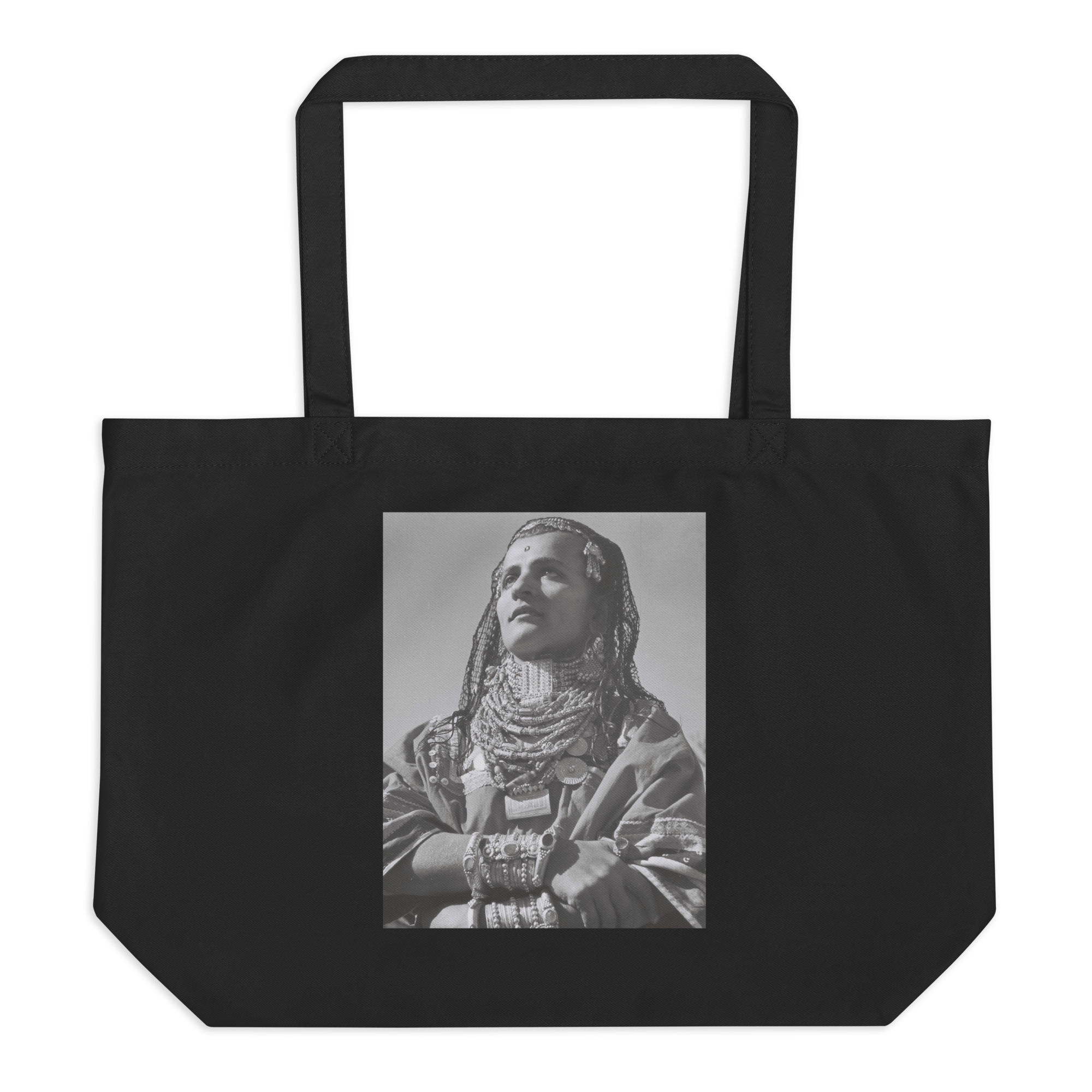Jewish History
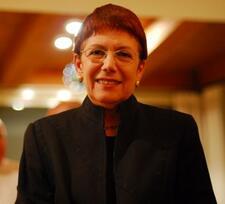
Anita Shapira
Anita Shapira is one of the most important and influential contemporary historians in the field of twentieth-century Jewish and Israeli history. She played important roles in laying the foundations of Israeli historiography and launching the research discipline known today as Israel Studies.
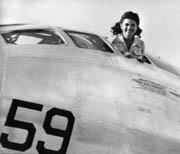
Gertrude Shapiro
She'erit ha-Peletah: Women in DP Camps in Germany
Family played an important role in the lives of Holocaust survivors in DP (displaced persons) camps – in 1947, the birth rate in DP camps was one of the highest in the world. Women served as teachers and eager students, and they were active in the effort to open immigration to Palestine.

Shelamziyyon Alexandra
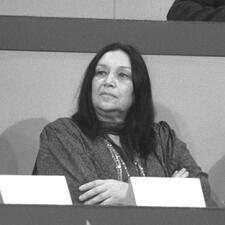
Naomi Shemer
Naomi Shemer was a prolific singer and composer who built a unified Israeli cultural consciousness through her beautiful melodies. From the 1950s to the 1990s, Shemer wrote music that was performed throughout the country, including “Jerusalem of Gold” and “Lu Yehi.” In 1983, she was awarded the Israel Prize, and she continued to write new music until her death in 2004.
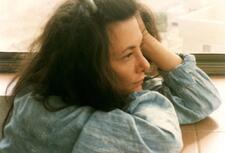
Vicki Shiran
Vicki Shiran was an Egyptian-born Israeli social activist dedicated to feminism, anti-occupation activism, and fighting discrimination against Mizrahim in Israel, all of which she viewed as interconnected. In 1999 she helped found Ahoti, For Women in Israel, which promoted the labor rights of lower-class women in Israel, and in 1981 she led a fierce fight against the Israel Broadcasting Authority for its exclusion of Mizrahim in its telling of the history of the Israeli state.
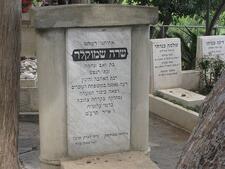
Sarah Shmukler
Sarah Shmukler was a nurse and midwife who emigrated to Palestine from the Russian Empire during the Second Aliyah period. Her short life was characterized by providing medical assistance to migrant workers in Palestine and by close friendships with her fellow pioneers.
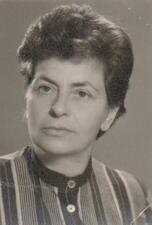
Sarah Shner-Nishmit
Polish author and historian Sarah Shner-Nishmit traveled constantly to evade capture during World War II, working at a labor camp and joining a partisan group. Shner made aliyah in 1947 and subsequently began her writing career, which included children’s books and historical research. She also helped found Kibbutz Lohamei ha-Getta’ot, where she lived until her death.
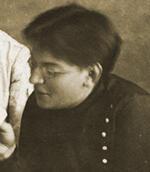
Mania Wilbushewitch Shochat
Zionist and socialist, radical and revolutionary, Mania Shochat left behind her labor activism in Russia to come to Palestine, where she initiated the country's first collective settlement and helped to establish the Jewish defense group Ha-Shomer.
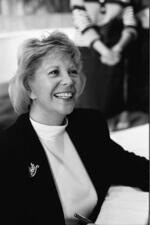
Dinah Shore
Dinah Shore, the quintessential American girl, was both America’s sweetheart in the 1940s and 1950s and a leading example of an independent woman in the 1970s. Her career as a singer and actress spanned over forty years and included stints on the radio and in the movies. Shore won nine Emmys, a Peabody, and a Golden Globe.
Rose Shoshana
Rose Shoshana began her acting career in the Yiddish theater world, playing Manke in Got fun Nekome in 1908. She went on to perform across Europe, America, and Asia. When she arrived in New York in 1946, she began a career as a novelist, writer, translator, and journalist at the Forverts.
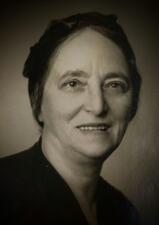
Chana Shpitzer
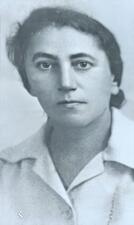
Miriam Shtarkman-Verlinsky
Miriam Shtarkman-Verlinsky was a trailblazer for women in the legal field in Israel, with a lifelong dedication to Zionism and women’s rights. Shtarkman-Verlinsky was the second women to become a judge in the newly established state and the first to become a Chief Magistrate.
Lillie Shultz
Lillie Shultz poured her boundless energy into all aspects of her life. She was a journalist, a Zionist, a champion of the oppressed, a skilled administrator, and a businesswoman.
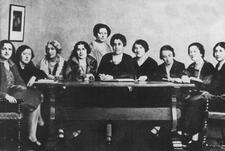
Rebecca Sieff
Rebecca Sieff, the daughter of a wealthy Jewish family from Manchester, England, played an active role in two central social-historical movements: the struggle for women’s rights and the Zionist movement that eventually led to the establishment of the State of Israel.
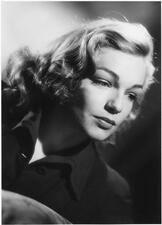
Simone Signoret
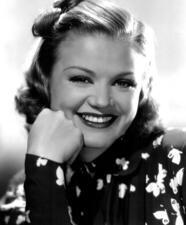
Simone Simon
Simone Simon was a prolific international film star, known for her iconic appearance and voice. Simon spent her childhood in Marseilles and Madagascar and attended schools in Berlin, Budapest, and Turin before making her film debut in 1931. She became popular in France and Hollywood for her mysterious, vulnerable, and seductive acting style, and made over thirty-eight feature films in her career.
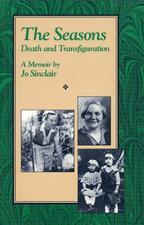
Jo Sinclair
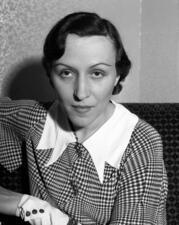
Berta Singerman
Berta Singerman (1901-1998) was an Argentine actress and reciter of poetry, famous throughout the Ibero-American cultural world. Born in Russia to a family of traditional singers (chazanim), she immigrated to Buenos Aires, Argentina, when she was four years old.
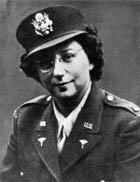
Frances Slanger
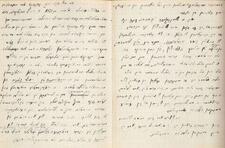
Cecila Slepak
Cecilia Slepak, a journalist and translator, was a member of the Oneg Shabbat group, which was vital in collecting records and interviews about life in the Warsaw Ghetto. She focused in particular on the lives of women in the ghetto as they struggled to survive.
Chava Slucka-Kesten
Chava Slucka-Kesten started teaching in Warsaw before World War II and continued her career through the war in Moscow. After the war she became an author and sustained her political involvement. Writing from the perspective of a politically engaged woman, Slucka-Kesten offers a unique glimpse into pre- and post-war Jewish life in Poland’s cities and villages, as well as into the early years of the State of Israel.
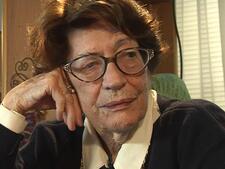
Michal Smoira-Cohn
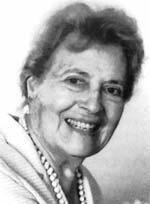
Virginia Snitow
Virginia Levitt Snitow was a multifaceted woman who was a teacher, political activist, pre-Second Wave feminist, poet, writer and founder of US/Israel Women to Women. Ahead of her time in the fight for both civil and women’s rights, Snitow was unafraid to take unpopular stances when fighting for others.
Sociodemography
Over the last several decades, Jewish women attained significant achievement in the socio-economic sphere and played a leading role in maintaining Jewish continuity. In general, Jewish women are educated and participate in the labor force at higher rates than their non-Jewish counterparts.

